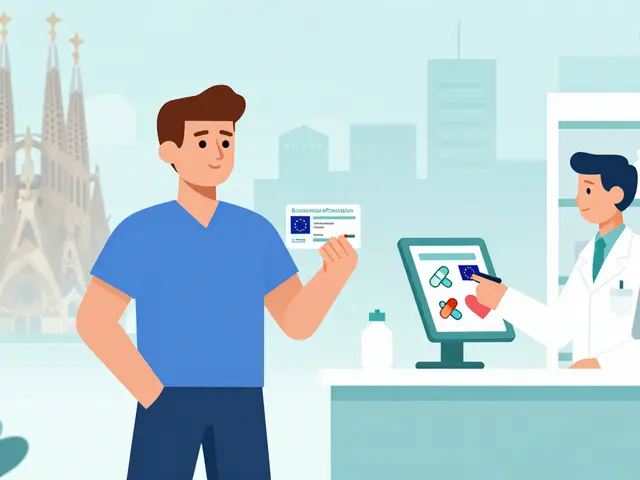Erythromycin: What It Does, How to Take It, and Safety Tips
Erythromycin is a macrolide antibiotic you’ll see used for chest infections, skin infections, whooping cough, and some gastrointestinal infections. It stops bacterial growth by blocking protein production. If you’re wondering whether it’s right for you, this page gives clear, usable info: common uses, typical dosing ranges, side effects to watch, and safe ways to get it.
Common uses and forms
You’ll find erythromycin as tablets, capsules, oral suspension (for kids), and topical creams. Doctors often prescribe it for:
- Respiratory infections like bronchitis or community-acquired pneumonia (when appropriate).
- Skin infections such as acne or impetigo.
- Treatment or prevention of pertussis (whooping cough).
- Certain GI infections or to speed gut motility in gastroparesis (off‑label uses).
For acne, topical erythromycin gels are common. For systemic infections, oral tablets or liquids are used. The exact form depends on the infection and patient age.
Dose basics and timing
Dosing varies by condition and formulation. Typical adult oral doses are 250–500 mg every 6–12 hours for many infections; extended‑release forms use different schedules. For children, doctors dose by weight (mg/kg). Never adjust dose on your own—follow the prescriber’s instructions.
Take erythromycin with food if it upsets your stomach, unless your prescription says otherwise. Finish the full course even if you feel better; stopping early can let the infection come back or breed resistance.
Watch for interactions: erythromycin blocks CYP3A4, so it can raise levels of drugs like certain statins (simvastatin), colchicine, some benzodiazepines, and certain antiarrhythmics. Combining it with other QT‑prolonging drugs (like some antipsychotics or fluoroquinolones) can raise the risk of dangerous heart rhythm changes. Tell your doctor or pharmacist about all medicines you take.
Side effects are usually mild but worth noting: nausea, abdominal pain, cramping, and diarrhea are the most common. Rare but serious issues include cholestatic hepatitis (more with the estolate form), severe allergic reactions, and QT prolongation. Stop the drug and seek care if you get severe diarrhea (especially bloody), yellowing skin/eyes, or fainting/lightheadedness with fast heartbeat.
Want to buy erythromycin? Use a licensed pharmacy and a valid prescription. If you shop online, pick sites that show a physical address, licensed pharmacist contact, and clear privacy and shipping policies. Avoid suspiciously low prices or sites that offer prescription drugs without a prescription. Generic erythromycin is widely available and usually cheaper than brand names.
Questions for your prescriber: Ask why erythromycin was chosen over another antibiotic, what dose and length you need, and whether you should avoid any current medicines. If you have liver disease, heart rhythm problems, or take interacting drugs, bring that up before starting therapy.
Need help reading a label or checking a pharmacy site? Reach out to a pharmacist—fast answers and a pharmacist’s check can prevent bad interactions and dosing errors.
Get the real story on Ilosone (erythromycin): what it is, how it works, side effects, when to use it, and what to watch for. Everything you need to know, explained simply.
Continue reading...





